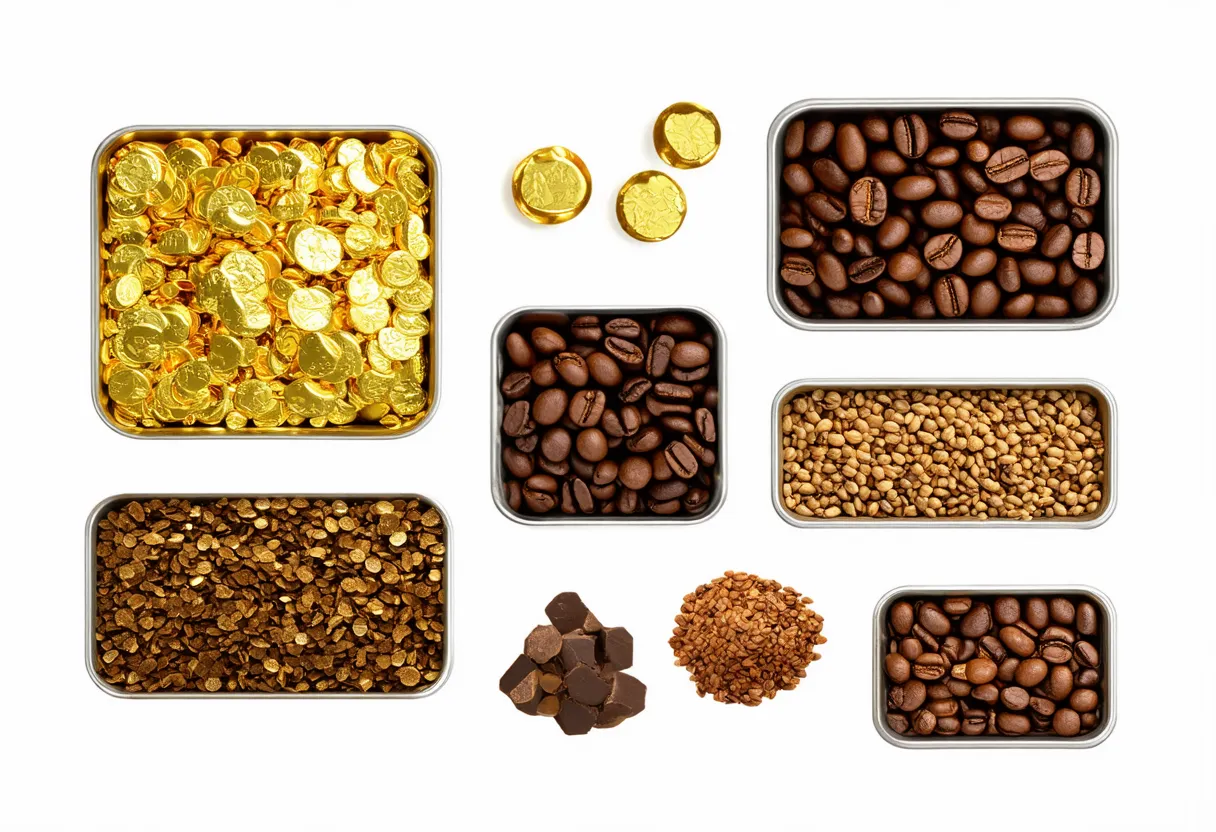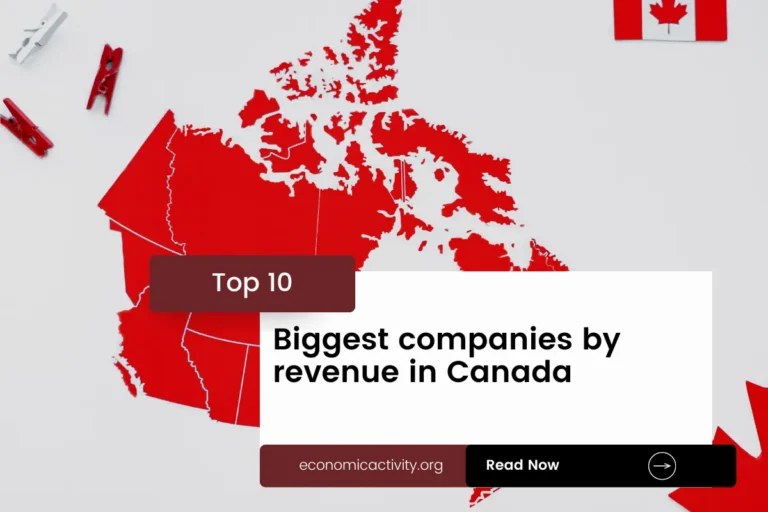Rwanda, with a population of 13,776,698, is ranked 73rd in the world, just behind Guinea. Located in East Africa, it covers 26,340 square kilometers, ranking 138th globally, below Haiti.
In 2022, Rwanda’s economy is positioned with a GDP of 13,311,487,445.07 USD, ranking 136th globally. It follows North Macedonia, with a GDP of 13,563,132,102.17 USD. The GDP per capita in Rwanda is 966.23 USD, placing it at 167th in the world.
It is behind Lesotho, with a GDP per capita of 969.94 USD. Rwanda’s economic position reflects steady growth and development efforts, with potential for further advancement in various sectors to enhance its economic standing on the global stage.
What are the economic activities of Rwanda?
- Primary activities: 30.9% of GDP.
- Secondary activities: 17.6% of GDP.
- Tertiary activities: 51.5% of GDP.

Primary Sector of Rwanda
Rwanda’s primary sector, mainly agriculture, thrives due to its favorable climate and abundant natural resources. With 81.25% of the land dedicated to agriculture, the country produces a diverse range of crops like bananas, cassava, sweet potatoes, maize, and beans. Animal products such as milk and meat also play a significant role.
Despite contributing 30.9% to the GDP, agriculture remains crucial for food security and employment. The variety of crops and animal products underscores the sector’s importance in sustaining Rwanda’s agricultural economy.
The country’s geological diversity provides a rich array of natural resources, including gold, cassiterite, wolframite, methane, hydropower, and vast arable land. These resources drive the economy through mining, energy production, and agriculture, contributing significantly to the country’s economic growth and sustainability.
Secondary Sector of Rwanda
What is the secondary sector or what are secondary activities?
The secondary sector comprises industries that transform raw materials into finished products for consumption. In Rwanda, the main industrial products include cement, agricultural products, small-scale beverages, soap, furniture, shoes, plastic goods, textiles, and cigarettes. These products are manufactured for domestic sale and export, contributing to the country’s economy and industrial development.
Manufactures in Rwanda’s total exports hold a modest share of 10.38% in 2023, indicating their relatively minor significance in the country’s export economy.
Tertiary sector of Rwanda
What is the tertiary sector or what are tertiary activities?
The tertiary sector in Rwanda encompasses services that offer knowledge and time to enhance productivity and meet needs. Key activities include healthcare, education, banking, communication, tourism, transportation, and security. These services contribute to the country’s economic growth and development by providing essential intangible goods such as expertise and information.
Of particular importance, Rwanda’s economy significantly benefits from tourism, contributing substantially to GDP. With 1,634,000 annual arrivals, equating to 0.1186 tourist arrivals per capita, the sector thrives. Notable attractions include the stunning Volcanoes National Park, renowned for gorilla trekking, and the vibrant capital, Kigali, showcasing the nation’s rich culture.
Another example of tertiary economic activity is the mobile cellular sector, with 11 million subscriptions supporting technological growth. This connectivity fosters innovation, enhances communication, and drives digital services.
Military Activities and Economic Sectors of Rwanda
The military is a good example of many economic activities working together. In the primary sector, resources are extracted for military use. The secondary sector focuses on making military equipment. The tertiary sector includes services provided by the military, while the quaternary sector deals with military research and development. Lastly, the quinary sector involves high-level military decision-making and strategy.
In 2023, Rwanda’s military expenditure was $178.6 million, which is 1.45% of its GDP. The active military force consists of 33,000 personnel. This means there are about 2.9 active military members for every 1,000 people in the country.
Biggest company in Rwanda
Which is the biggest company in Rwanda? It is Gazprom, a leading energy company with a market value of $63.56 billion. Founded in 1989, Gazprom operates in the primary sector, focusing on natural gas production and distribution, playing a vital role in the economy.
International Trade of Rwanda
Import Activities of Rwanda

Rwanda’s import activities are crucial, accounting for 38.68% of GDP in 2023, totaling $514,896,269.35.
Rwanda’s key import activities include refined petroleum, gold, palm oil, rice, and raw sugar. The country’s major import partners are China (19%), Tanzania (11%), Kenya (10%), UAE (10%), and India (7%).
Exports Activities of Rwanda

Rwanda’s total exports in 2023 amounted to $2,993,214,743.94, representing 22.49% of its GDP. With a medium level of importance, export activities play a significant role in driving the country’s economic growth and development.
Rwanda’s export activities are diverse, with major partners including UAE and DRC. Key exports include gold, tin ores, coffee, and rare earth ores, highlighting the country’s mineral and agricultural wealth.
Rwanda economy challenges in 2024
Rwanda’s fast-growing economy faces challenges in 2024. Public investments are key, but trade and tourism suffer from COVID-19 impact. Poverty is rising after years of decline. Competition with Uganda for regional influence adds pressure. As a major coffee exporter, GDP figures are disputed, adding complexity to the situation.




Leave a Reply